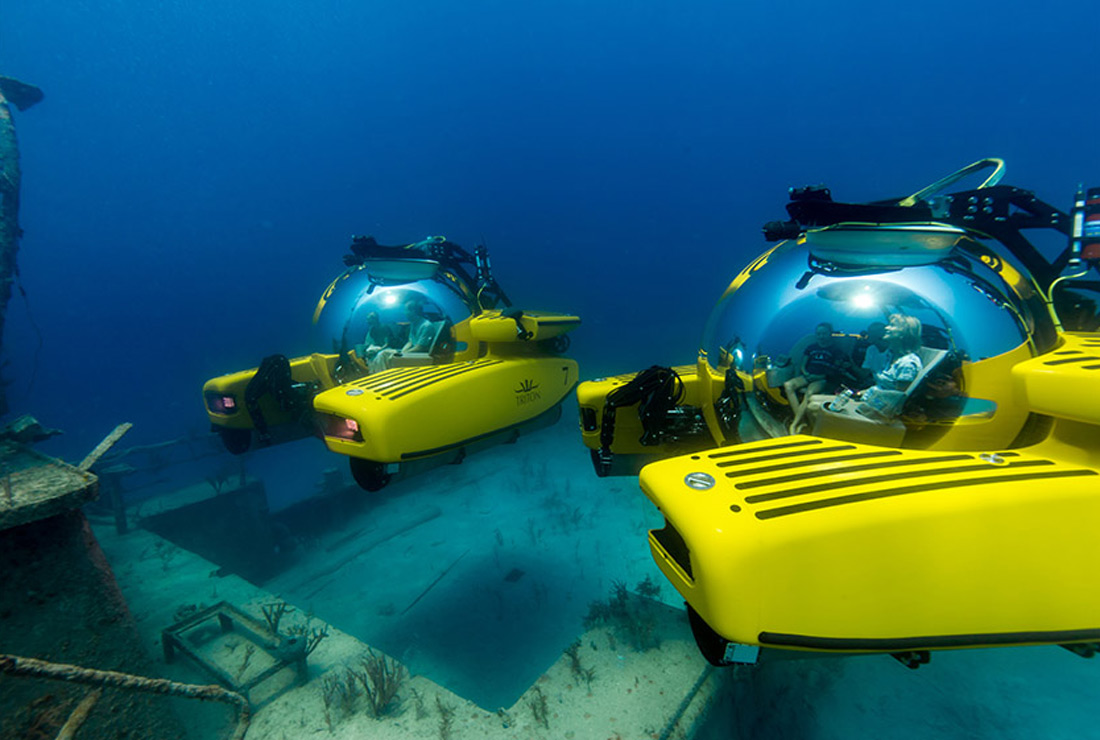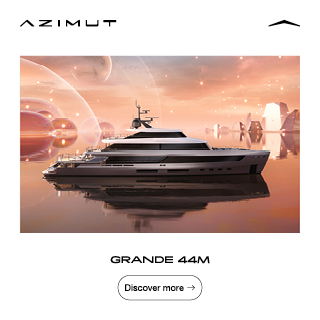WAWW’s Elena Leo and the CEO/Co-Founder of Triton Submarines dive into the secrets of advanced submersible design.
Floating gently beneath the waves, personal submersibles now find themselves at the very crossroads of exploration and luxurious invention. The demand for them is soaring, with yacht owners creating ample space to accommodate these mini-subs and cruise lines introducing them as a unique activity for guests seeking to stand out in a competitive industry. Wealthy adventurers, filmmakers and scientists are now all among those utilising these game-changing water craft.
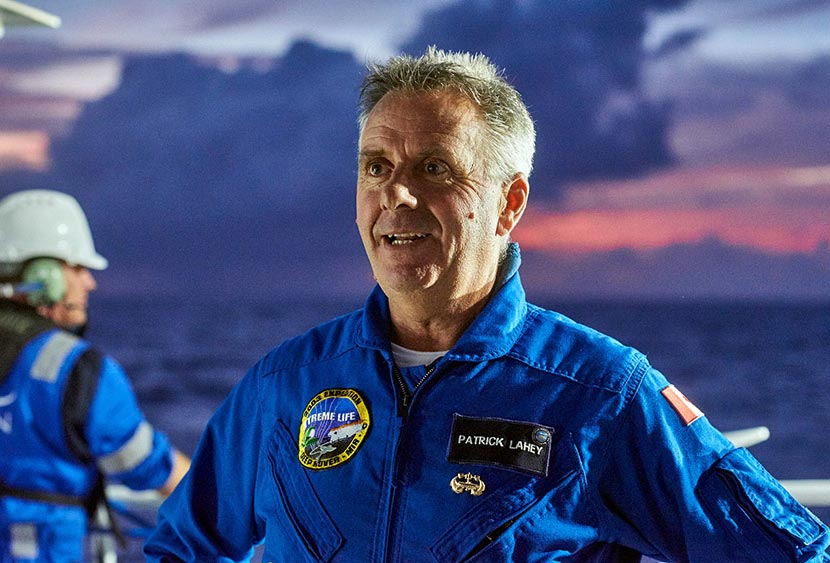
Redefining Underwater Exploration
In 2007, Triton Submarines embarked on a mission to craft personal submersibles for private yacht owners. They were initially envisaged for recreational use, but their clients soon unveiled the broader potential of these remarkable vessels. Today, many Triton enthusiasts utilise their submersibles for sophisticated scientific research and filmmaking projects.
Victor Vescovo’s unwavering determination to reach the ocean’s deepest points spurred Triton to develop the ground-breaking Triton 36000/2, also known as the ‘Limiting Factor’ (LF). This vessel has redefined deep-sea exploration, enabling repeated daily dives to previously unreachable depths in the Hadal Zone (trenches and troughs with 6,000 to 11,000 m water depth). The LF’s capabilities have not only advanced scientific research but also illuminated the hidden wonders of the deep ocean.
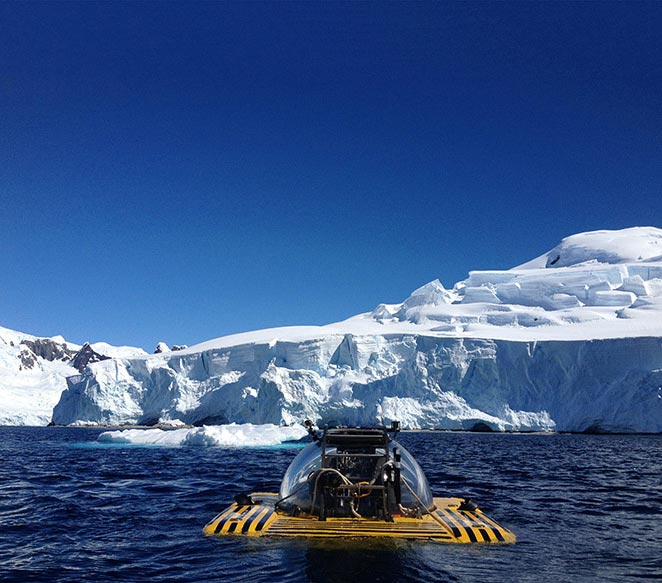
Triton’s influence extends beyond the realm of scientific discovery, as exemplified by its collaboration with Ray Dalio’s Ocean X, a non-profit organisation dedicated to sparking public interest in marine environments. Ocean X’s ‘OceanExplorer’, equipped with two Triton 3300/3 MKII submersibles, has been instrumental in media production and education. These submersibles have played a crucial role in the production of the BBC’s Blue Planet II and the upcoming National Geographic and Disney series OceanXplorers. Renowned for their range (from 100 metres to full ocean depth), Triton’s submersibles are the preferred choice for researchers and documentarians, as evidenced in projects such as capturing the first-ever footage of the legendary giant squid in 2011 (marking the first time this enigmatic creature was filmed in its natural environment) and 2021 TV series Expedition Deep Ocean.
Patrick Lahey, CEO and Co-Founder of Triton Submarines, often remarks that witnessing the ocean from a submersible is a transformative experience, turning anyone into an advocate for the ocean’s preservation.
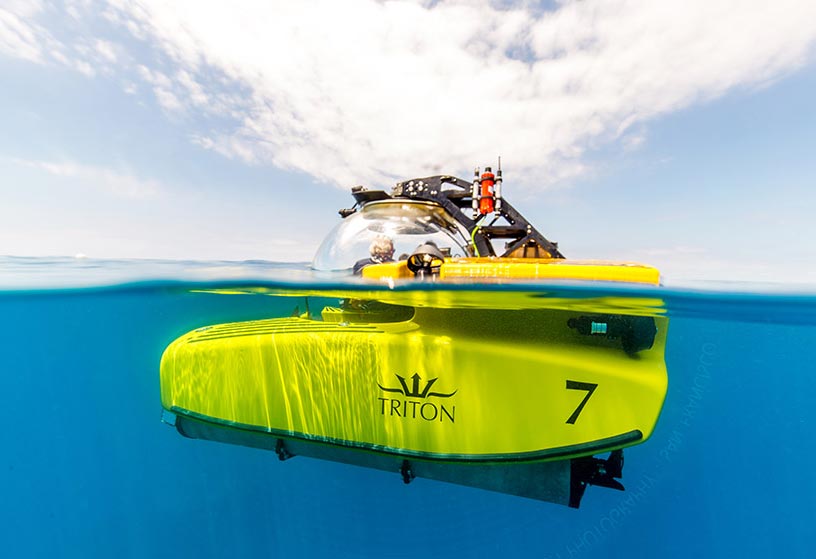
From Diver to CEO: Patrick Lahey’s Entrepreneurial Path
Lahey’s journey to leading one of the world’s most intriguing companies began when he became a diving enthusiast. This pastime blossomed into a distinguished career, reshaping not only his life but also the landscape of underwater travel. He has collaborated with eminent personalities like Ray Dalio and James Cameron on significant projects, including the aforementioned giant squid mission and the Five Deeps Expedition.
Triton was originally conceived to marry luxury with oceanic exploration. “We started Triton with the goal of creating human-occupied submersibles for private yacht owners,” Lahey explains. Reflecting on the early days of Triton, he recalls the primary hurdle: “Finding customers was the principal difficulty in the early days.” His target clientele, after all, needed to be not just the affluent but possessed with a genuine passion for the ocean’s mysteries.
The story of Triton’s first private client is particularly telling. In 2006, Coal billionaire Chris Cline—who later died in a helicopter crash in the Bahamas—took a chance on Lahey’s vision: “He looked at me and kind of sized me up. He said, ‘Can you really do this?’ And I said, ‘Yes, we can do it’,” explains Lahey. “The initial design, named the Triton 650 for its 200-metre (656 ft) depth capability, evolved into the Triton 1000/2, a completely transparent acrylic sphere capable of reaching 305 metres (1,000 feet). This innovative design not only marked a technical achievement but also became a symbol of Triton’s commitment to pushing the boundaries of submersible technology.
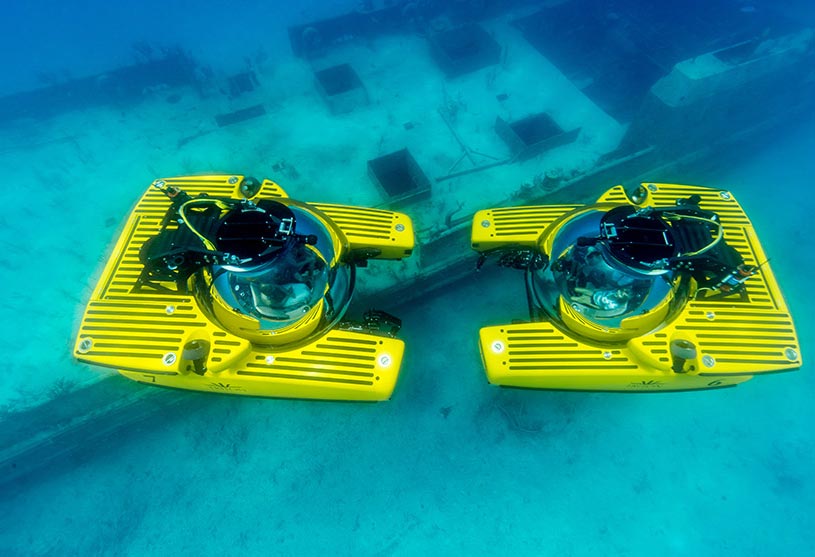
Lahey credits Cline’s enthusiasm and advocacy for changing the public conversation about private submersibles. “It created a lot of buzz, a lot of excitement,” he says. Cline’s experiences and vocal support for Triton’s submersibles were instrumental in shifting public perception, garnering interest and trust in what was once seen as a far-fetched idea.
Triton’s Global Expeditions from the Five Deeps to the Great Barrier Reef
Lahey has seen Triton’s submersibles journey to the most remote and spectacular locales across the globe. “Our clients have dived their Triton submersibles all over the world—and at all depths,” he shares. Indeed, from the icy realms of Antarctica and the Arctic to the vibrant ecosystems of the Galapagos and the Great Barrier Reef, Triton submersibles have unlocked the doors to underwater marvels previously inaccessible to most.
But Triton’s journey wasn’t solely about leisure. Lahey and his team saw a broader horizon. “Interestingly, while many of our submersibles were used primarily for recreation, more and more of our clients recognised the capacity of their submersibles to be effectively used as a scientific, filmmaking and archaeology platform,” he states.
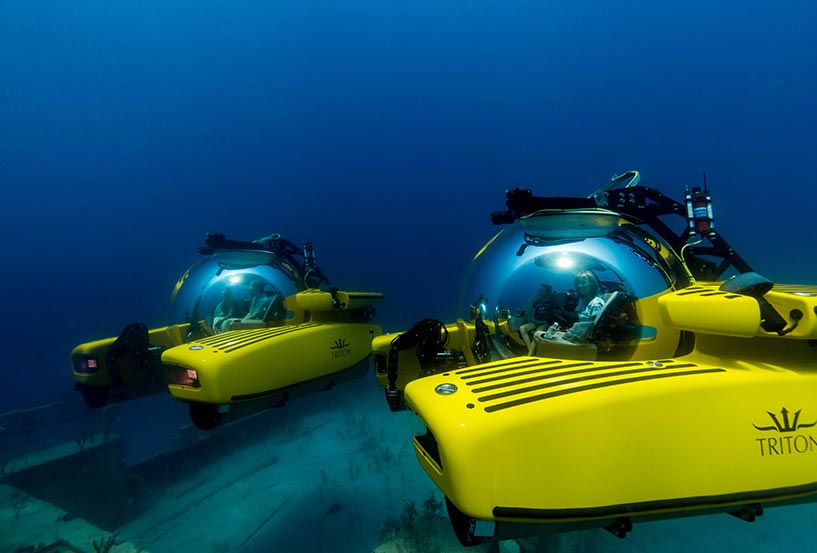
Lahey’s dives have brought him face-to-face with some of the ocean’s most elusive creatures. “When [Bridgewater Associates Founder] Ray Dalio purchased his first sub from us, we went and did a documentary about deep-sea sharks.” This expedition took him to Sagami Bay, Japan, where he captured remarkable footage of these mysterious creatures.
Lahey also describes a mesmerising dive method only possible with human-occupied vehicles. “We were doing a thing called a vertical transect, where you go to the bottom, and then you come up incrementally,” he explains. At 700 metres, the deployment of powerful strobes illuminated the creatures in the water column, creating an unforgettable spectacle.
Perhaps the pinnacle of Lahey’s achievements is the Triton 36,000/2, developed for the Five Deeps expedition. “Building that sub was really the realisation of a dream for me,” he reflects. This historic mission, which involved building the world’s deepest-diving submersible and conducting 20 dives to full ocean depth, represents a significant milestone in ocean exploration.
The OceanGate Tragedy Aftermath
The tragic sinking of the OceanGate submersible in 2023 is a sombre topic for the industry, and Patrick Lahey approaches it with a sense of gravity and respect. “The loss and human cost of the event in the North Atlantic can never be repaid, so discussing benefits or detriment to a business feels mercenary,” Lahey states solemnly.
He believes that despite the tragedy, the necessity for deep ocean exploration remains vital for understanding our planet. “Our future entirely depends on the health and well-being of our oceans, and it’s about time we devote as much time, energy and resources to the ocean as we have been pouring into space. I wish more people had the good fortune to see the ocean from the perspective of a human-occupied submersible, but they are still only available to a select few.”
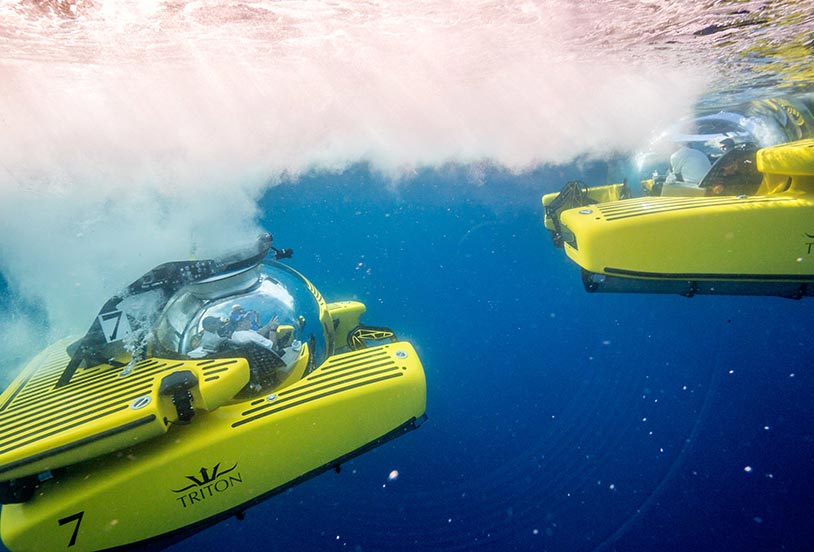
Triton’s CEO notes a silver lining in the wake of the disaster: “Some have already approached us to discuss the build of deep-diving submersibles, purely to counteract any negative impact recent events could have had and maintain momentum in the ocean space,” he says. “The commercial tourism and private submersible sectors have a 50-year unblemished safety record of operating fully certified submersibles. This record reflects stringent regulations governing design, construction, testing, pilot training and operational aspects, ensuring the safety of millions of passengers over the years.”
Lahey asserts that while the tragedy is a moment for reflection and learning, it is distinct from the operations of the professional submersible sector. “It should be very clear to everyone by now that the events in the North Atlantic, the manner in which the operation was run and the experimental nature of the craft bear no relation whatsoever to a highly professional, safe and accomplished sector,” he remarks.
Tomorrow’s Deep-Sea Exploration
What is the future of submersible travel and its potential to become more accessible to a broader audience, considering that now it is accessible to only a selected few? Lahey is certain that years of development have honed the technology, leading to a mature product that inspires confidence. This advancement, combined with a shift in societal values, sets the stage for a new era in submersible exploration.
He observes a significant change in what people value, with a move away from materialistic acquisitions towards experiential investments. “Social currency has changed in recent years from materialistic to experiential,” Lahey notes, “so rather than investing in ‘objects’ people now invest in unique, meaningful experiences. This can be seen in the changing use of yachts, from status symbols to genuine platforms for adventure and discovery. As yacht use has changed, so has their design, in order to accommodate more onboard assets for exploration when visiting remote regions, like tenders, helicopters, submersibles, and so on.”
Lahey sees this evolution as a positive sign for the democratisation of submersible travel. The desire to share extraordinary experiences with family and friends is driving interest in unique vehicles like submersibles. “People now place high value in the opportunity to share extraordinary experiences with family and friends, and what more unique vehicle is there to achieve that than a submersible?” He concludes with a promise: “When you dive in a submersible, it will change the way you think and feel about the ocean forever.”

